Huge spots of giant planets

Jupiter's big red spot and Earth to scale
Hurricanes occur on Earth all the time, but only on 4 giant planets from the outer region of the solar system do they reach truly gigantic scales: their duration is measured in years (instead of a couple of weeks on Earth), and their speed can almost exceed the speed in earthly hurricanes.
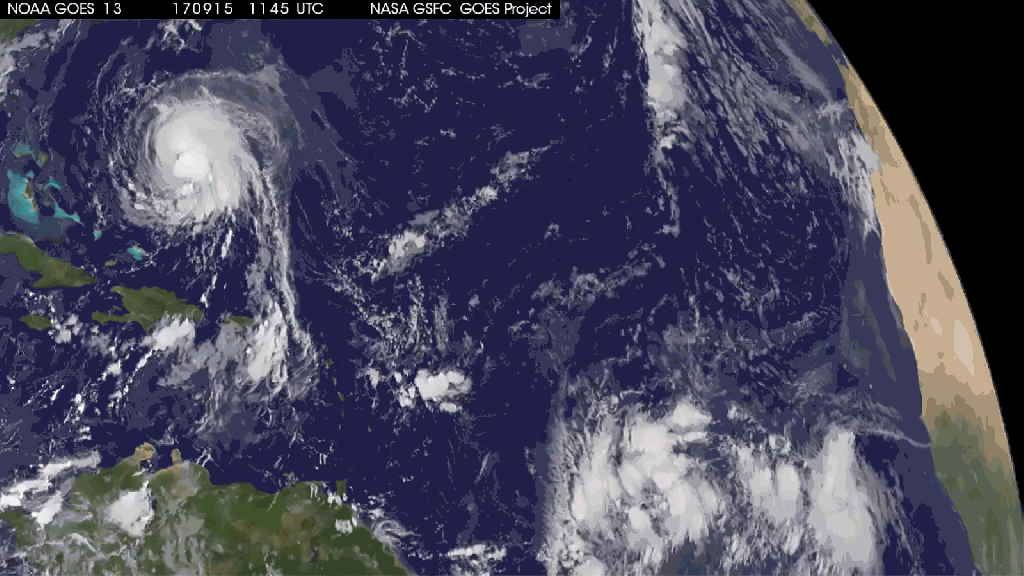
The progress of Hurricane Maria, taken from the satellite GOES-13
')
The record wind speed recorded on Earth is 512 km / h, but fortunately for us, such winds occur only in tornadoes that are small and exist only for a few hours. However, for inflicting irreparable harm, the smaller one is enough: the wind at a speed of 200 km / h is enough to carry the woman along with the bathroom to a distance of 180 meters , and the record distance that the person managed to fly after remaining alive is almost 400 meters . But of course, the most important thing is that as a result of such weather, people continue to die and enormous material damage is inflicted: since the consequences of hurricane Maria (wind speed in which was 280 km / h) became almost $ 92 billion in damage and more than 100 human casualties.
Great Red Spot (Jupiter)

This hurricane is perhaps the most famous atmospheric phenomenon among all the planets of the Solar System and the “calling card” of Jupiter - it has existed since at least 1664 and although over the past century its size has decreased by half, it continues to exceed the size of the Earth by a third. And before that, its size reached 14,000 km by 41,000 km. The wind speed at the border of this spot is 430 km / h, but even at this speed, the air flow takes 6 days only to complete 1 turn.

The pictures were taken by Voyager-1 in March 1979 when approaching Jupiter at intervals of about 10 hours (the duration of Jupiter's days)
The characteristic contrasting white and orange color of the surface of Jupiter is given by the ascending and descending flows, respectively, but in terms of what substances create this color for atmospheric phenomena, there is no consensus yet. How long this stain will exist is not yet known. Record wind speed recorded on Jupiter is 680 km / h .
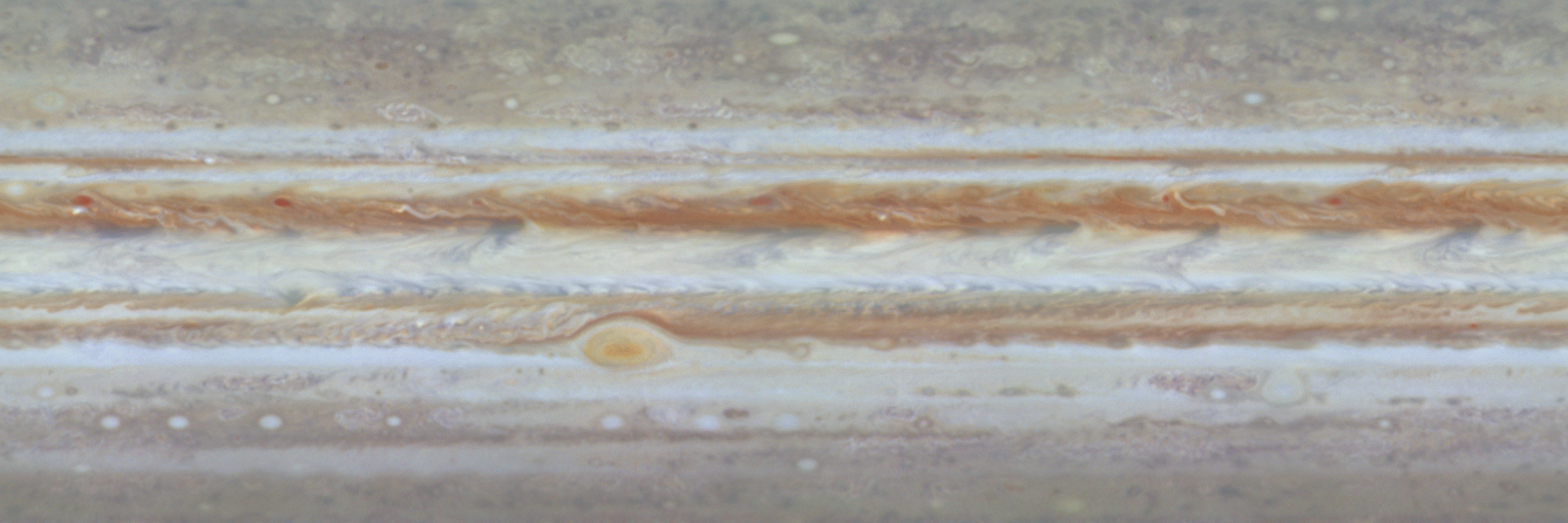
Cassini probe images taken while flying past Jupiter in the direction of Saturn
Great White Spot (Saturn)
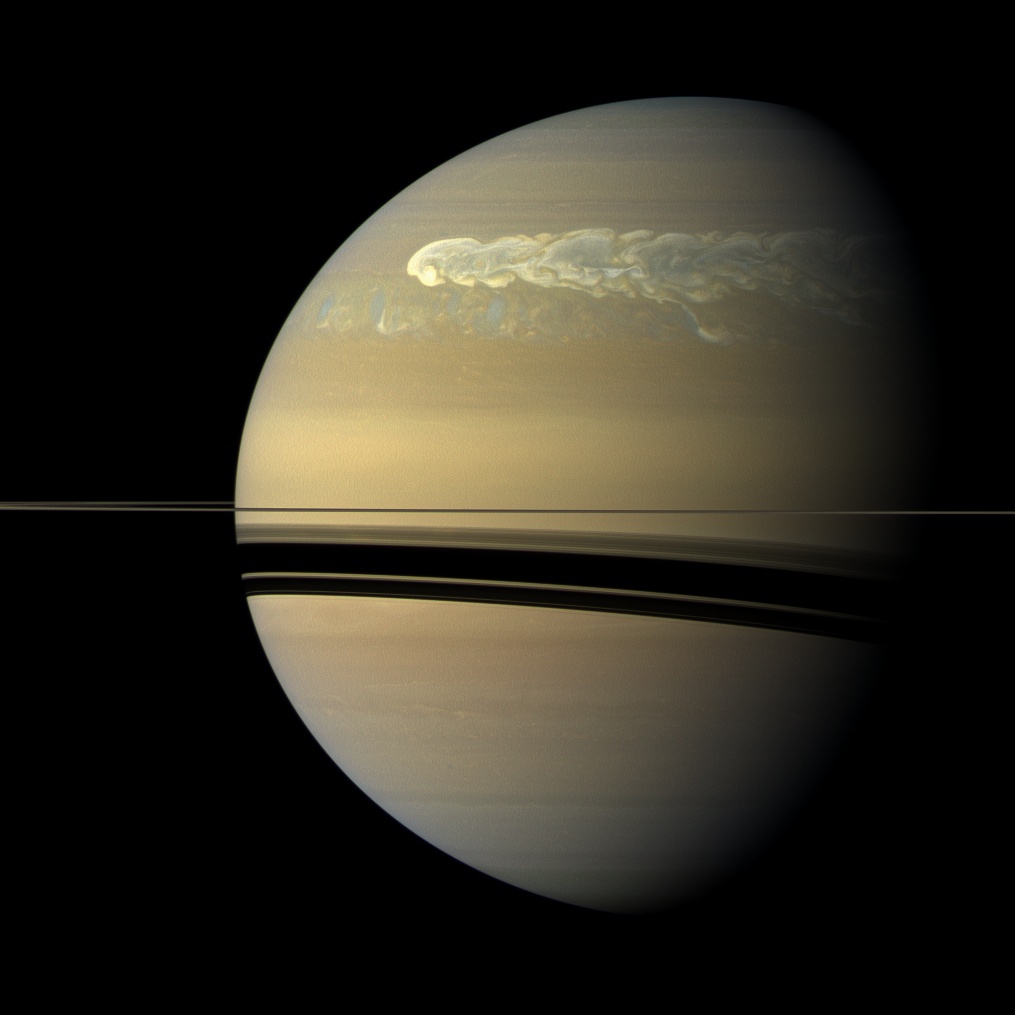
Great white spot in 2011
This hurricane cannot boast the same consistency as Jupiter’s: since 1876 it has appeared and disappeared 8 times at intervals of just under 30 years, for that wind speed in this hurricane reaches an incredible 1800 km / h! Scientists attribute his appearance to seasonal changes in the atmosphere of Saturn and water vapor, which prevents convective heat transfer.
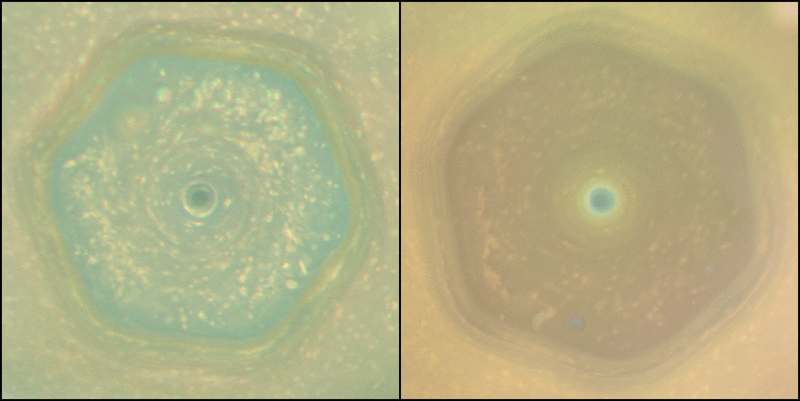
Another famous hurricane of this planet: Saturn's Hexagon - due to the fact that it is located at the north pole of the planet, it was first discovered only in 1981 by Voyagers. This comparison is based on photos taken in June 2013 (left) and April 2017 (right) obtained by the Cassini probe.
Black Spot (Uranus)
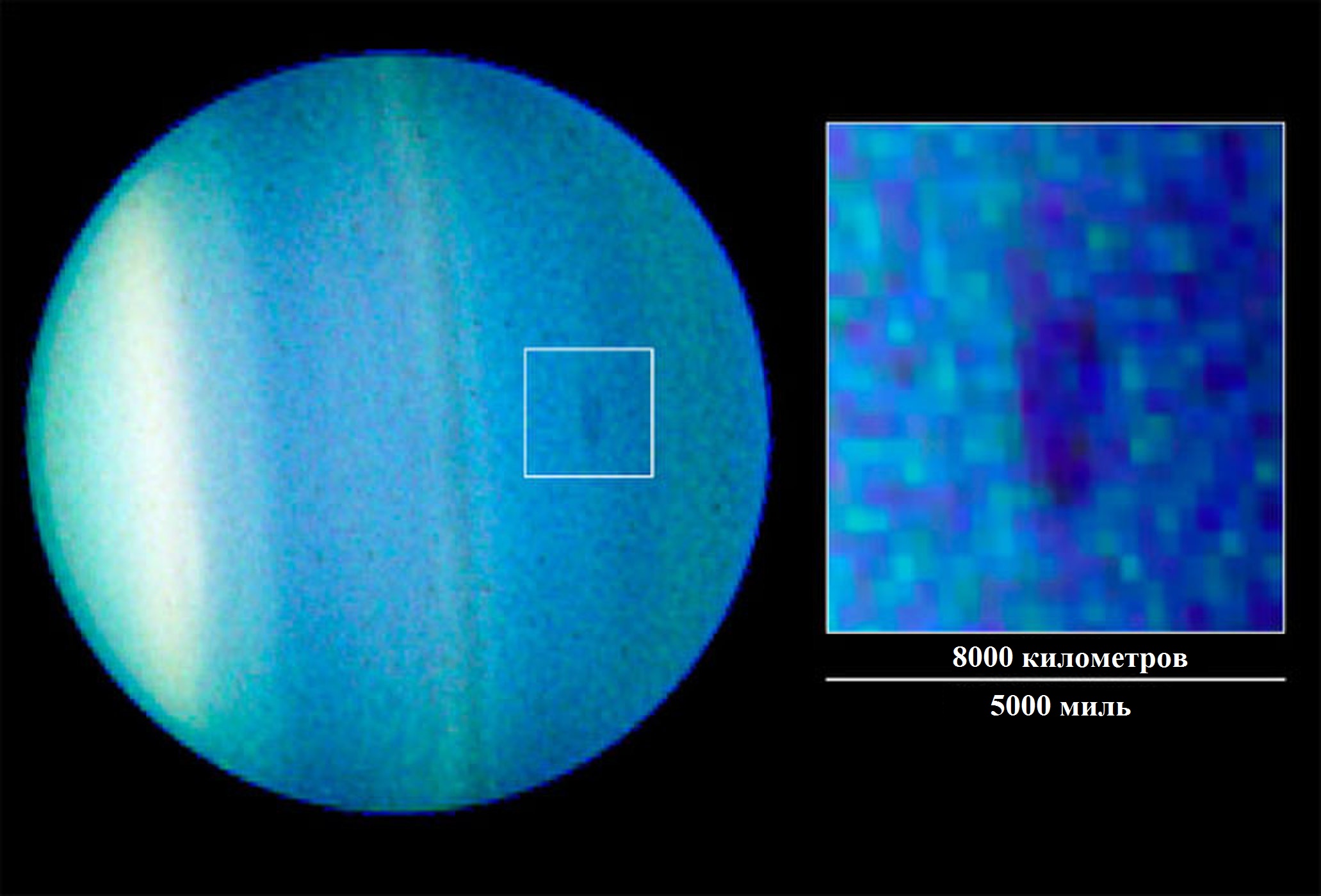
Uranus is considered to be a rather “calm” planet: Voyager-2 never managed to find any stains on its surface. However, on August 24, 2006, it was possible to register the hurricane on its surface with the help of the Hubble telescope - its dimensions were 1300 km per 2,700 km. On November 13, 2011, he sent his 10-meter mirror to the Keck Observatory telescope at Uranus and discovered this dark spot on it ... in the appendage to several light ones:

On average, the speed of the winds on the 40 parallel of Uranus reaches a speed of 540-720 km / h. And at peak wind speed can reach 900 km / h.
Great Dark Spot (Neptune)

After "degrading" Pluto from the status of the planet Neptune received the title of the most distant planet in the solar system. That, however, did not prevent him until recently to have a hurricane with dimensions of 6,600 km per 13,000 km, and the wind speed around this spot (discovered by Voyager-2 in 1989) is truly enormous - as much as 2,400 km / h! Like the spots of previous planets, it also turned out to be inconsistent: in the images taken with the Hubble telescope taken in November 1994, it was no longer there.

Recurring hurricanes on Neptune captured by Hubble
The cause of this activity of Neptune is considered an internal heat source. Whether this activity is somehow connected with seasonal changes is difficult to say, since even the very existence of Neptune is known to us only from September 23, 1846 — a little longer than one Neptunian year (amounting to almost 165 terrestrial ones).
And on top of the article about the "one-eyed planets" let's talk about the same people:
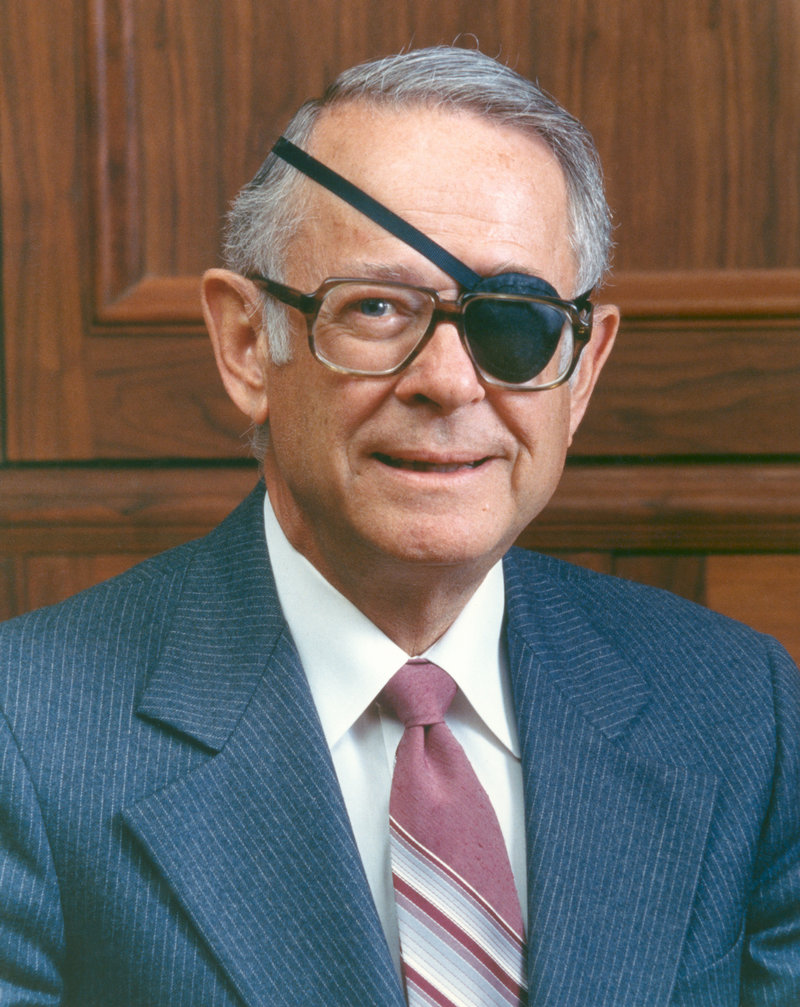
Dale Myers is the only
In October 1986 (11 months after the Challenger disaster ), he was again invited to serve as deputy director at NASA, but did not want to accept this post. As they write, he accepted the invitation for the post only after the call of the then US President Ronald Reagan. He worked in this position until April 1989, when the then head of NASA, James Fletcher, left the post, so he worked as acting head of NASA for another month until a new head was appointed. As NASA historians point out: “he managed to bring a sense of optimism to the agency after the disaster”.
After leaving NASA in May 1989, he returned to the work of a private consultant and even managed to participate in the Rocketplane Kistler startup, which was able to win the NASA COTS program contract, but because of financial problems, the company was unable to collect the necessary funds to participate in the program. At the time of his death in 2015, he had two daughters, 5 grandchildren and 3 great-grandsons, and he himself was already 93 years old.
Source: https://habr.com/ru/post/411147/
All Articles